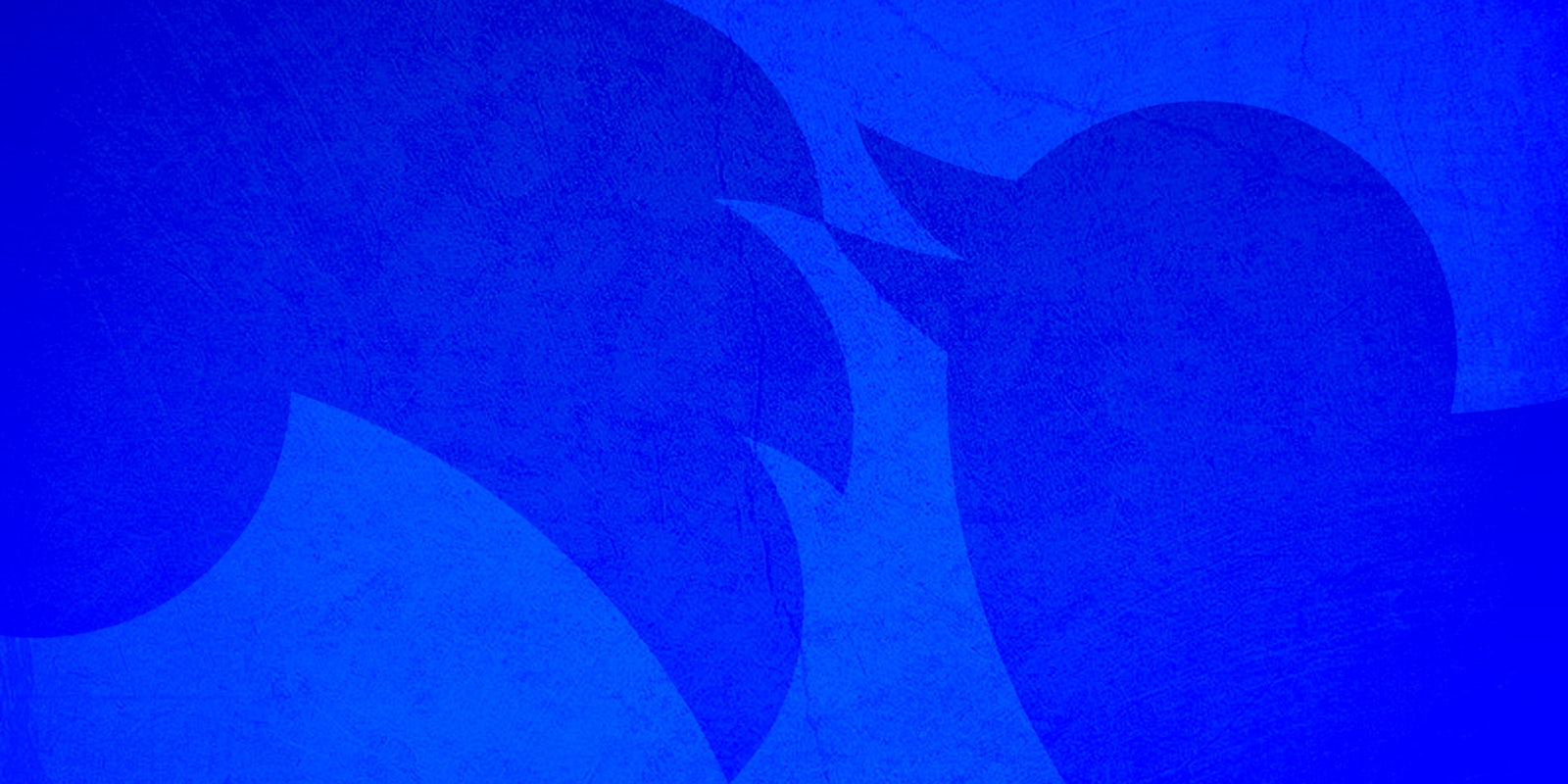If you have friends in Nepal, you might have seen a Facebook notification from them shortly after the magnitude 7.8 earthquake devastated that country.
The social-media alert is part of Safety Check, a Facebook tool that lets people tell their friends and family that they’re safe if they’re in an area affected by a natural disaster like a tsunami, earthquake, or volcano eruption.
This is just one of the many ways in which social media is transforming and improving communication during disasters. A recent review published in the International Journal of Information Management found that social media has changed the way we hear about and follow news of disasters at home and abroad.
The general public has been sharing information on social media during emergencies before governments are able to get their act together. Those average users are also the ones to innovate the most on these networks, such as the activists who launched the Arab Spring. But emergency aid organizations have caught onto the shareability and ubiquity of Twitter and Facebook posts, and they’re now using the same platforms to get vital information out to the masses.
These days, a tweet or a Facebook post is often the first inkling most people get that something, somewhere, is amiss.
Social media can also be a great way to encourage disaster preparedness, the researchers concluded. Social networks can help people come up with response plans with their families and remind them to stock up on provisions if they live in disaster-prone areas.
The only problem is that it’s quite easy to spread misinformation on social media. Misinformation can be quite dangerous, especially in highly dangerous situations like terrorist attacks or Ebola outbreaks. In the United States, misinformation about Ebola spread on social media and created hysteria about doctors and travelers returning from the disease-stricken countries of West Africa.
In a particularly stark sign of social media’s double-edged communicative sword, 4chan pranksters spread a meme called “Ebola-chan, that may or may not have contributed to the distrust between doctors, patients, and their families in West Africa.
Even so, social media is also a great tool for dispelling misinformation. The researchers found that most tweets dealing with misinformation were attempting to correct it rather than knowingly spreading it.
It’s never wise to rely solely on social media for information during an emergency or disaster, just as it’s never wise to stock a flashlight without an extra set of batteries. While Twitter and Facebook can be great sources of information, the news media and government sources are typically more reliable overall.
Illustration by Max Fleishman
